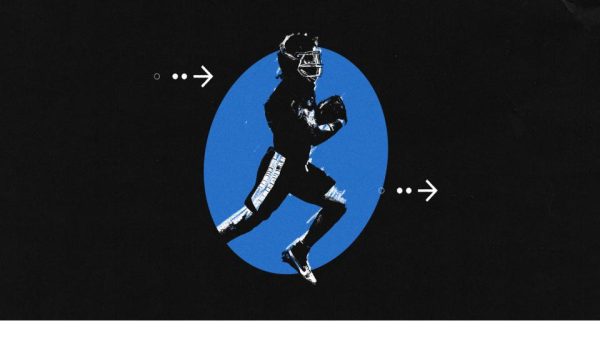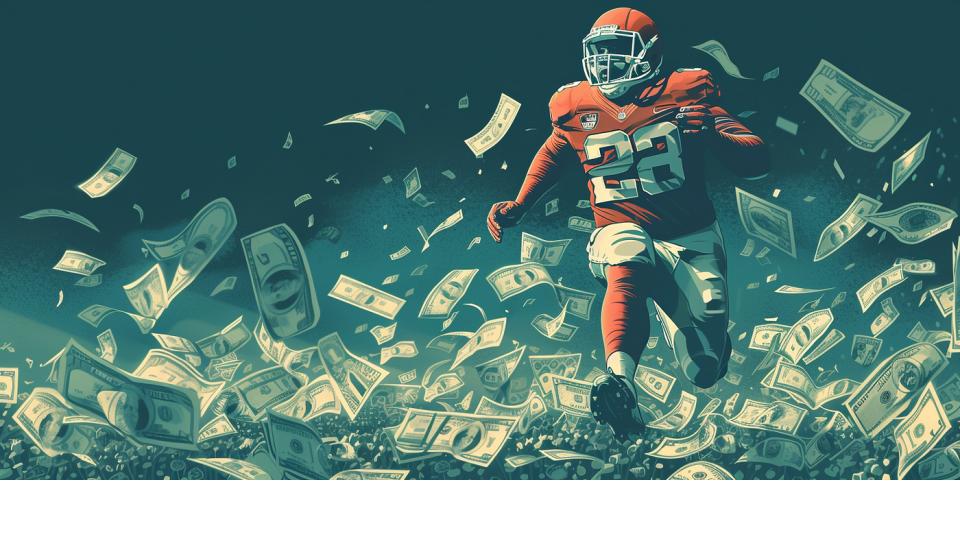Since around the beginning of July 2021, when the National Collegiate Athletic Association (NCAA) put the NIL (name, image, likeness) into effect, there has been heavy controversy on whether or not college athletes should be able to profit from college sports, essentially due to their popularity. Some argue that the NIL should simply be banned in light of the disruption of teams due to all the transfers, and make the line between medium/amateur and professional sports invisible.
However, the NIL is a positive rather than a negative as it gives these athletes a sense of value for their exceptional work, helps them understand professionalism before entering more significant leagues, and somewhat balances the playing field.
The NIL has significantly changed since its introduction in July 2021. According to an informational video by Illustrate to Educate, the NIL began with college athletes promoting a brand on their social media pages, such as Instagram, YouTube, or X. For example, Jack Betts, a DIII football player for Amherst College, had his first NIL deal offered by bracelet brand LifeStyle Bands before going out and getting tons more deals.
Eventually, these types of promotions branched out into many different ways, such as college athletes attending and talking during events, and some even hosting summer camps. College athletes became more familiar with how the program worked, allowing them to utilize it as effectively as possible.
Due to athletes wanting to get their hands on an NIL deal, many often transfer to different colleges due to the various sizes of NIL deals. This sense of business benefits the athletes by giving them a sense of what they are getting involved in before they compete in more prominent leagues such as the NFL and NBA. It also allows athletes to get a bit of cash in their pockets for their excellent performances in their sports, rather than only being discussed in the sports media.

However, some may argue that the NIL does more harm than good to college athletes. One prime reason is that it ruins the sports, as many athletes will keep transferring. In other words, the media will eventually get fed up with the transfers and progressively pay less attention to the athlete or sport. It also evokes a feeling of inequality as more watched/favored sports like football and basketball will dominate the NIL, leaving other sports, such as swimming, bowling, and rowing, amongst others, with nothing but a gradual loss of interest in the sport. While this is true, it is essential to note the benefits in the long run due to the NIL. If it were simply removed, there would be no prior experience before athletes who continue with the sport they are dedicated to. Admittedly, athletes would be confused about what to do or how to get their faces publicized.
Solutions that could resolve the arguments made by anti-NIL are proposals for the NIL to branch out to different sections. For example, rather than having one NIL, one for contact sports vs. strategic sports or winter vs. summer sports could lead to other sports having their fair share of representation. Another solution for the transfers could be having newer athletes in college have to wait until they are experienced enough to transfer. In other words, it means that other sports can dominate others and allow the NIL to benefit all athletes in different sports equally.
While some wonder whether the NIL will receive changes, it will continue to serve as a positive for many athletes nearing the end of college.

